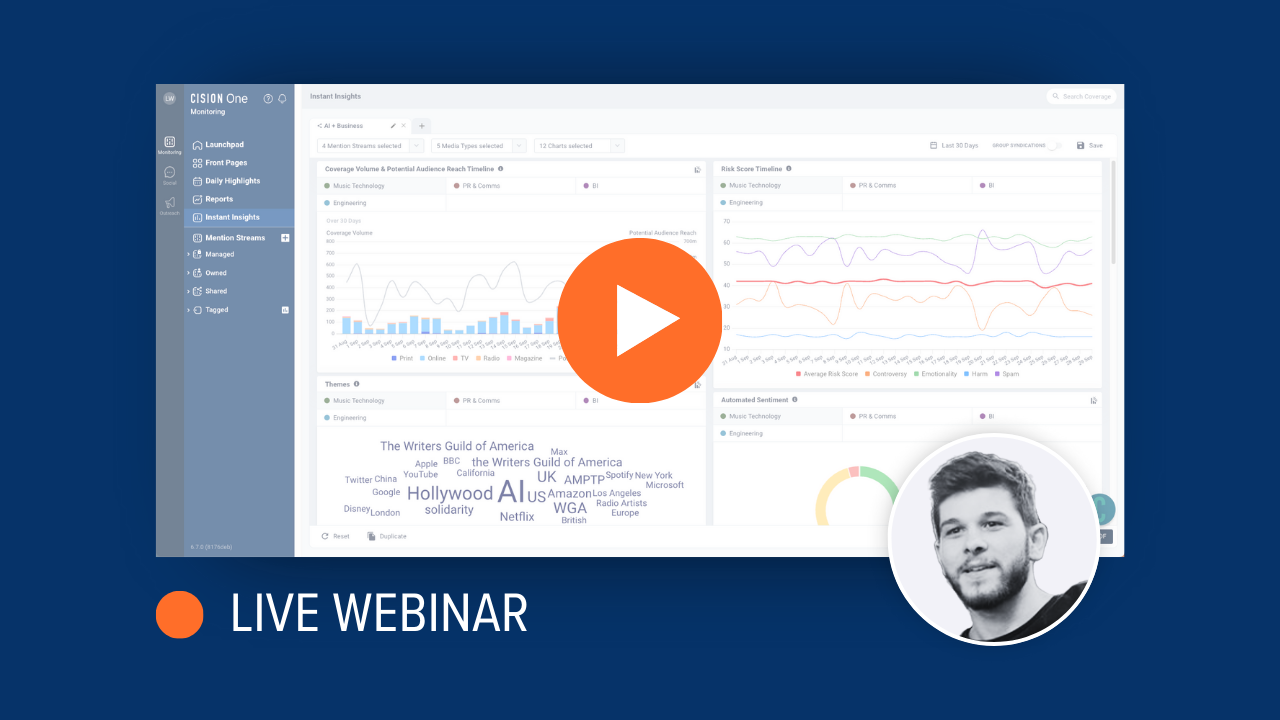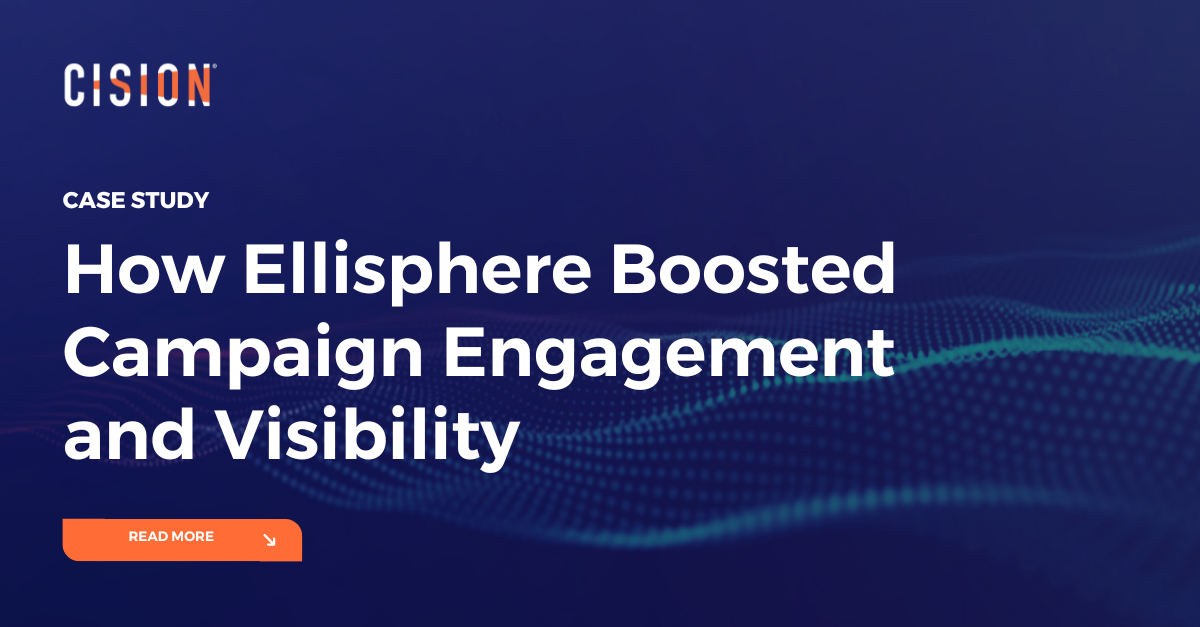What does the anatomy of the modern audience look like? This question has no straightforward answer.
The modern audience's position is ever-evolving. They're more empowered now than ever before – active, not passive; creators, not receivers; data controllers rather than data donors.
Add in the compounding effects of audience fragmentation, and you can see why brands are finding it difficult to reach their customers: not only are they hard to define, but they're also hard to locate.
But it's not all bad news for marketing professionals. While the makeup of the modern audience does pose plenty of obstacles, it also unlocks a number of opportunities. This is mainly because of the wealth of data points comms teams have at their disposal.
Of course, this poses a whole new set of challenges for comms teams to navigate. Due to the sea of audience data available, it can be very challenging to identify data points that are actually relevant.
So, this begs a few key questions:
- What are the data points that matter – and don't matter – when it comes to measuring a modern audience?
- How can brands use data to their advantage without becoming overwhelmed?

The shifting position of the modern audience
Before getting into the nuts and bolts, let's take a top-level view of what today's audience looks like.
According to Wilbur Schramm, the founder of Communication Studies, "audiences" have always been considered "receivers". Comms professionals accepted this for many years on end. But, as we all know by now, the sands have shifted on this front.
Communications theorist Denis McQuail's concept of audiences comes much closer to what we're witnessing today. His take was that the term audience could mean any or all of the following: seeker; consultant; browser; respondent; interlocutor; or conversationalist.
Today’s consumer is more likely to be a curator and a creator. Their attitude to content is hands-on and involved, making the modern audience slower to listen and quicker to talk – the threshold for what's considered 'valuable' is raised, meaning a consumer will expect more relevance in return for their attention.
Understanding an audience as dynamic and volatile as this is a Herculean task.
Delivering to such an audience? This is perhaps even more challenging. But it can be done, with a little digging.
Finding data points that matter
Brands need to have a holistic picture of who their audiences are. They also need to know where they consume their content. Where they either overlap or contrast with other affinity-based groups is also important. After that, it’s possible to go beyond attracting an audience. You can build it from the ground up.
It's about studying more behavioural data to track key metrics from the entry point to conversion. Some data points that are worth looking out for include:
- Demographics: These entry-level data points are necessary to get some basic information about your audience.
- News and Social Media Consumption: What media and publications they consume shine a spotlight on the channels through which they can be targetted, as well as their content preferences.
- Attitudes and Describers: This is reflective of their beliefs and values.
- Brand Discovery: This mirrors their consumer journeys.
- Interests: This sheds light on the communities they are a part of and their affiliations.
- Living Arrangements: This information is indicative of their economic status.
Let's look at an example of an audience analysis we conducted on the eco-conscious consumer in the United Kingdom. While this is a diverse cohort, their affinities and conversations provide a clear picture of who they are and what their preferences entail.
Here are some of the insights we gathered on them:
- This audience is more likely to be younger, well-educated, and economically well off. 33.2% of them have university degrees and 32% of them fall under a higher income bracket.
- While search engines are the primary mode of brand discovery, this cohort is much more likely to discover brands in news, social media, and vlogs. While 39.2% of them discover brands through search engines and 28.8% through review sites, 12.1% are likely to find them via their own social channels, 11.9% through online news, and 6.9% through vlogs.
- They expect more from their brands than average consumers in terms of listening to customer feedback, supporting charities, being socially responsible, being eco-friendly, and supporting local suppliers. 48.1% are interested in environmental issues and 55.3% are interested in wildlife/nature.
- Members belonging to this group are more interested in different cultures and countries (64.1%). 40.6% believe that immigration is good for the country.
The above example is reflective of a rather diverse audience, and the data points selected provide a very comprehensive view of this consumer. In shedding light on their behaviours, interests and attitudes they lend a nuanced picture of the eco-conscious consumer.
Comms teams can use similar data points for other specialised and affiliate audience groups as well to get a clear picture of who they are, what they want, and how to reach out to them.
This granular-level information can feed into robust well-rounded consumer profiles. It's where comms professionals can glean necessary facts. They can then translate these into actionable insights that feed into their wider comms strategies and shape messaging to resonate with their target audiences.
Find out more about how to reach out to your audience when they're more dispersed than ever before with Cision Insights. Speak to one of our consultants today.
Most Recent Posts
Cision Resources
-
E-books and Guides
Comprehensive how-to guides on strategy and tactics
-
Case Studies
What are other brands doing – and how can we learn from them?
Learn More. Do More. demo new
PR Tips, Case Studies, and Product Updates

[On-Demand Webinar] The Next Generation of Media Intelligence: From Gorkana to CisionOne
Explore CisionOne, a revolutionary media intelligence platform, and the evolution of Gorkana. Learn key features and strategies from Luke Williams, CisionOne Product Marketing Manager. Elevate your media outreach to new heights!

